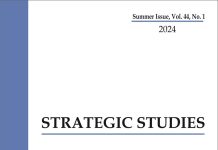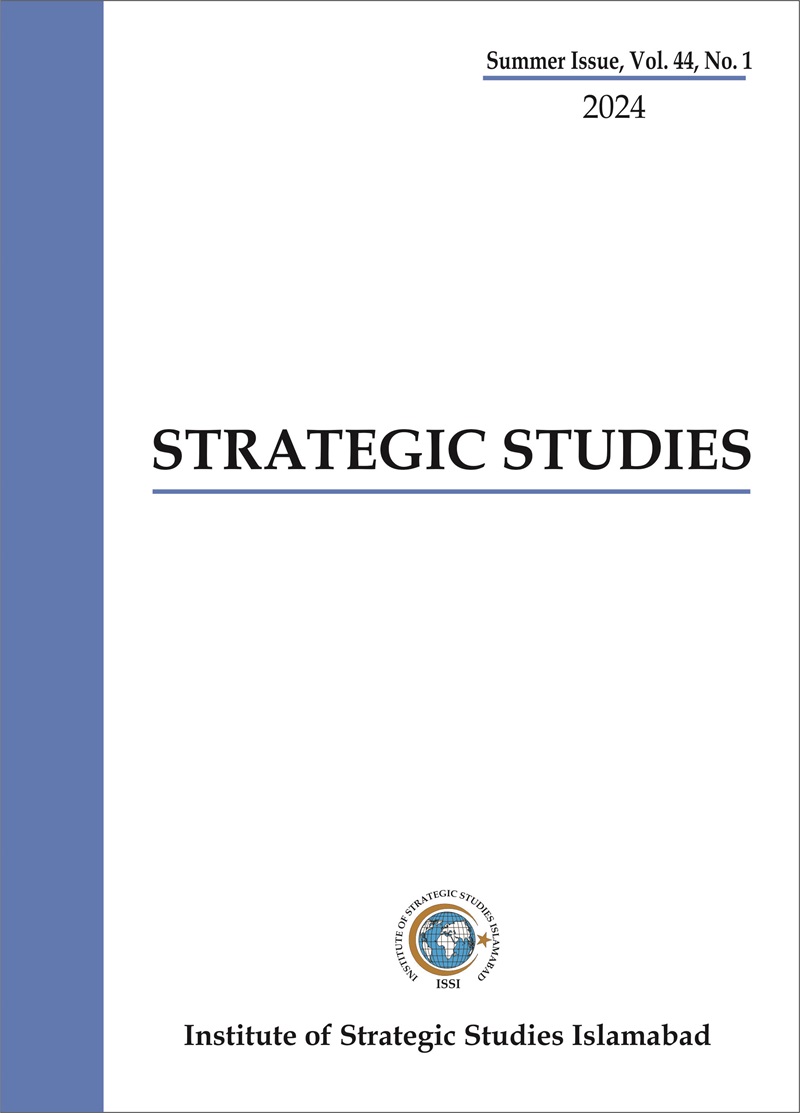Abstract
This article critically analyses the paradoxical flux situation in South Asia in view of both countries’ possession of tactical nuclear weapons (TNWs), strategic arsenals, substantial conventional potentials, and divergent war plans in a heightened state of stability-instability equation. Conceptually, this sets the stage for an interesting debate on whether or not the arrival of TNWs is a destabilising or stabilising factor in the existence of present-day volatile regional security environment. The risk of nuclear escalation is perennial and essentially at the core of the stability-instability paradox as well. It is observed that a possibility of a limited military acceleration to a nuclear level cannot be ruled out. Moreover, the arrival and integration of TNWs has too become a reality, which makes it imperative for them to do some diplomatic footwork to resolve their bilateral issues. Therefore, instead of pretending to negate the existence of TNWs in parallel with the asymmetric nature of their strategic relationship, the rational course of approach would be not to destabilise the structure of nuclear deterrence stability with the crafting of aggressive and faulty strategies under fanciful labels to coerce each other.












